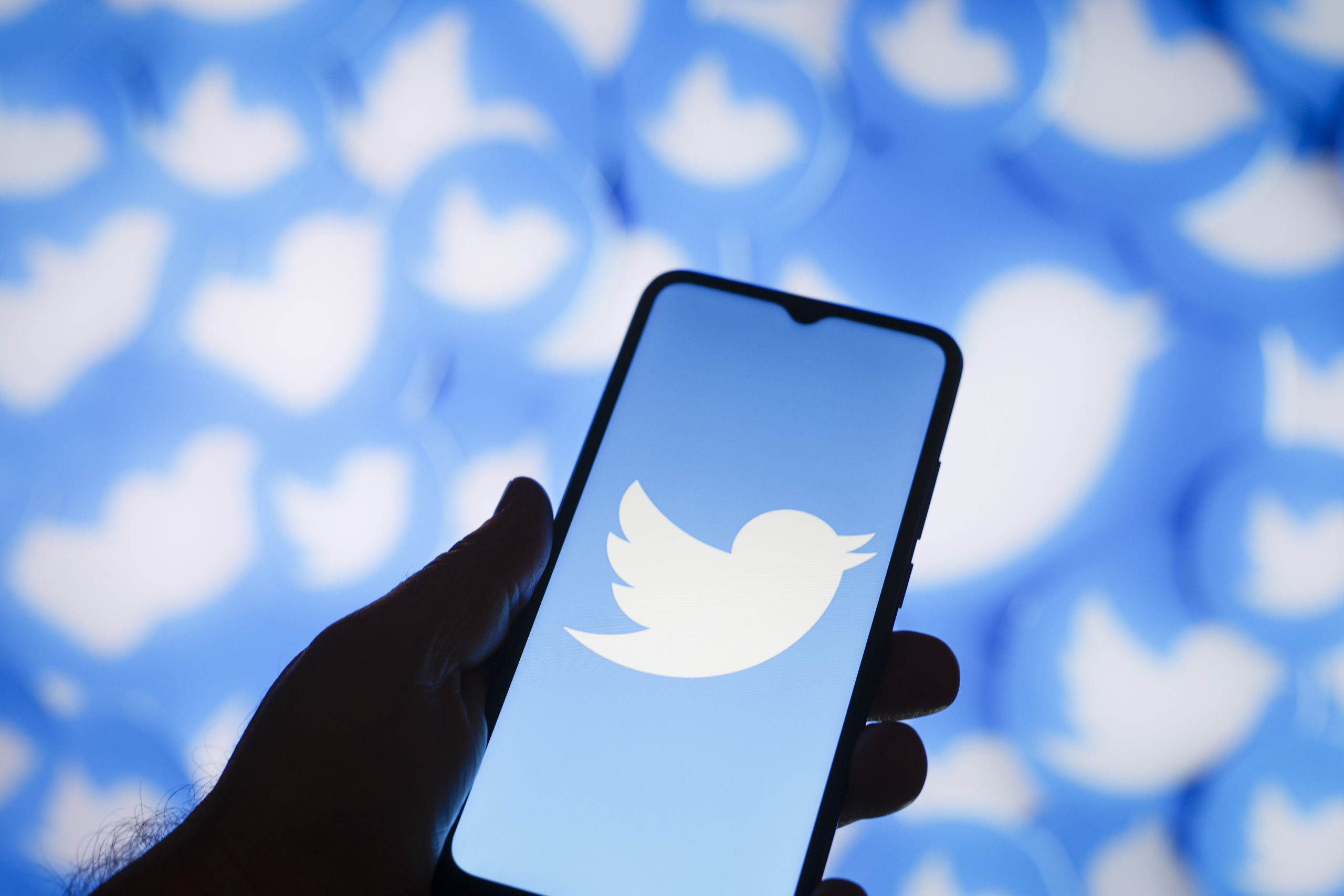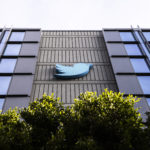
With Twitter's future still unclear, newsrooms shouldn't abandon the audiences they grew there quite yet, but give them the option to follow somewhere else
Since the $44 billion acquisition of Twitter by Elon Musk went through in late October, the social media platform has seen a lot of change. Within Musk’s first week on the job, Twitter’s staff of 7,500 employees was cut in half. Musk overhauled Twitter Blue’s paid subscription service, guaranteeing instant account verification for anybody willing to pay $8 per month; that service was quickly suspended after the widespread impersonation of government officials, corporations, and celebrities. And half of the platform’s top 100 advertisers have either announced an advertising pause or stopped advertising on Twitter.
So, what is the best path forward for news organizations in the Musk-led Twittersphere? Prescribing one all-encompassing strategic approach to navigating any platform is no easy task given how varied the media landscape is, and every organization should ultimately chart its own course through these murky waters. But as we’re recommending internally at my organization, public media station GBH, focus less on Elon Musk headlines and more on your Twitter audience.
The social mix for most newsrooms and productions is highly diversified, with Twitter being just one spoke on a wide-ranging wheel of distribution platforms that we all have spent years building into legitimate sources of audience and engagement. Going dark or leaving the platform entirely is a missed opportunity to continue to serve that audience.
Related Posts
While we’ve recommended that our editorial units pause any upcoming “splashy” long-term Twitter initiatives (for example, launching a series on Twitter Spaces) and ad campaigns, continuing to populate your feeds is still justified, given that there is no indication that audiences are leaving Twitter at a rate that would warrant abandoning those efforts.
Now is the time to take steps to protect yourself and the audience you’ve built on the platform. Give your Twitter audience every opportunity to follow you in other ways. Some ideas include enabling a subscribe button for your email newsletter on your tweets, putting a newsletter subscribe button as your “link in bio,” or pinning a tweet to your timeline that links to other places where people can follow you. There’s no downside to making audiences aware of all the different places you’re disseminating your content.
Do not delete your account. People or bots could take your handle and misrepresent you — an especially problematic outcome as direct assistance from Twitter might prove difficult with its current staffing. If you don’t want to use Twitter for the time being, put up a pinned tweet in your bio that tells people where they can follow you in the future.
Another important step in protecting yourself and your account’s history is to download your official account archives. This data archive will include a list of all your followers, a good thing to have in the event of a “run” on data downloads. The data retreival process would take 24 hours or longer even when Twitter’s staff was double what it currently is now.
This is a great opportunity to evaluate the diversity of your organization’s social media platform mix and assess how effectively you’re reaching your target audience(s). The individual audiences of active U.S. users on Facebook, Instagram, TikTok, YouTube, Pinterest, Snapchat, and LinkedIn are each bigger than Twitter’s. Level-set how much time and resources you’re dedicating to Twitter versus audience development on other platforms.
Listening to your audience and monitoring your analytics will be critical over the next few months. If your followers are leaving Twitter, what social media platforms are they going to? Keep a close eye on key metrics like followers and engagement rate. Data-driven insights into whether or not your audience is continuing to grow and interact with the content you’re publishing at the rate that it was previously will help inform your decision about where you spend your time moving forward.
Considering establishing a presence on an emerging platform to replace Twitter? Weigh that option versus doubling down on platforms where you are already invested and seeing sustained success. Learning the platform-specific nuances necessary to building a substantial following from scratch can be one of the most challenging undertakings on social.
If a new platform has the potential to fold into your day-to-day strategy mix, reserving or “squatting” on a handle is encouraged, especially if you’re affiliated with a high-profile brand or organization. Now is also the time to have infrastructure conversations, for example, like the one happening right now about a decentralized social network like Mastodon that can provide similar publishing capabilities as Twitter but is not governed by a single authority. Media companies have long relied on privately owned platforms like Twitter to reach their audiences on social media. Is there an opportunity to take greater control of hugely important platform elements like sustainability, moderation, and trust where such an ownership structure doesn’t exist?
Set a reminder for yourself to delete the newly-created account if the emerging platform doesn’t become one into which you regularly invest time and resources. (Our rule of thumb is four to six months).
Building and maintaining trust with audiences is vital to our work as journalists, so it will be vital to keep a very close eye on how the systems that verify the authenticity of accounts evolve at Twitter.It is still unclear if a Twitter Blue “verified checkmark” will mean the same thing as what “verification” previously meant. Given the lack of a vetting process required to obtain a blue checkmark with Twitter Blue, it is wise to remain skeptical of the blue checkmark continuing to represent a legitimate symbol of trust and credibility.
Journalists with an active presence on Twitter need to be as scrupulous as ever about double- and triple-checking information that you get in the form of a tweet. Check with a non-social media source before publishing the information. Ensure that accounts are legitimate by looking beyond the photo and display name and scanning the account’s tweet history.
Separate from the Twitter Blue checkmark, we are optimistic that there will be some sort of trust indicator of an organizational account’s credibility (such as the gray “official” tick) that will be implemented platform-wide more consistently in the coming months.
If you were verified in the pre-Twitter Blue era, do not attempt to change your account handle or display name. Post your Twitter handle visibly on your website and other owned and operated platforms (such as email newsletters) to demonstrate you are the “real” owner of your brand accounts.
As Twitter attempts to traverse the transition from an ad- to subscription-based revenue model, there is a possibility that other platforms will follow suit. Start to have these conversations now at your organization. If this does become the norm, would our organization pay for access? What would be the advantages and disadvantages in terms of audience reach, engagement, and reputation?
In the coming weeks and months, it’s safe to say that you will need to spend more time moderating your Twitter mentions and replies. Be especially vigilant about increased toxicity and commentary that violates your organization’s own community guidelines in post replies, QTs, and brand mentions, to name just a few.
Now is the time to review your escalation procedures and crisis plans. Make sure you have a plan in place to triage a wide range of potentially embarrassing or damaging situations.
With fewer employees and workflows in place at Twitter, your options are more limited than before in the event your account is hacked. To reduce your risk, enable two-factor authentication, always make sure you are on Twitter.com before entering your login, password, or two-factor authentication codes, and check your outbound tweets at least once a day to make sure that your account is not sending anything you didn’t post yourself.
Verified accounts are also frequently targeted by phishing scammers. Don’t fall for fake or suspicious DMs that look like they were sent from Twitter. It’s also important to set up social listening for your name so that you can identify and track impersonators if they crop up.
Expect things to be buggy, to break, and to not necessarily get fixed right away. Skilled engineers previously responsible for fixing back-end user issues with the platform are literally not around anymore. If you are seeing a bug or something is loading incorrectly with your tweets, wait awhile before publishing or repeating the same failed action, if you can.
While the future of Twitter remains uncertain, taken together, these recommendations can help navigate the present moment. What Twitter might look like — and the way to use the platform — may look very different in three months or a year. As always with social media, the key is to stay current on the changes taking place and adjust your strategy accordingly.
Zack Waldman is a Social Media Strategist at GBH in Boston, the leading multiplatform creator for public media in America. He oversees the station’s official social media channels and advises on the strategy behind and execution of various social media initiatives that originate from GBH’s local and national production and programming units.



